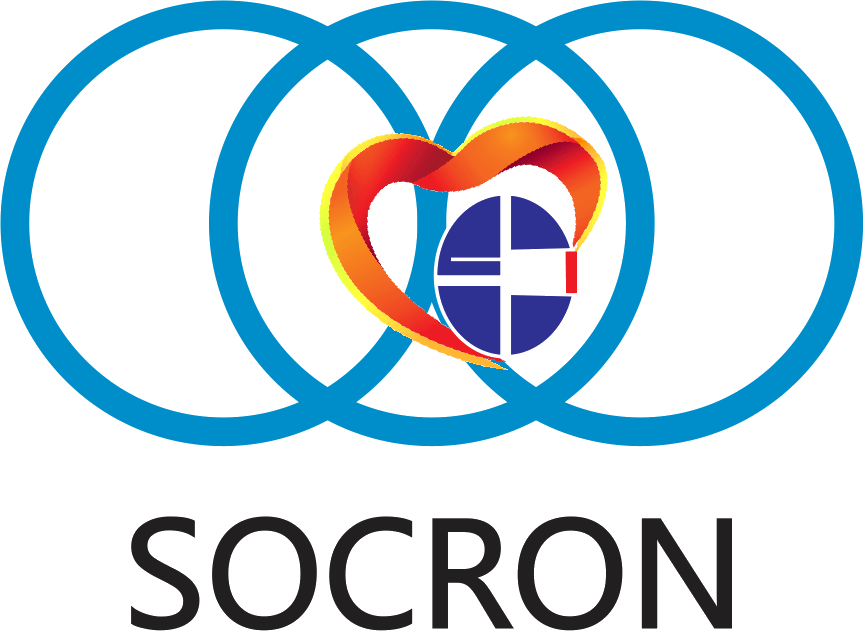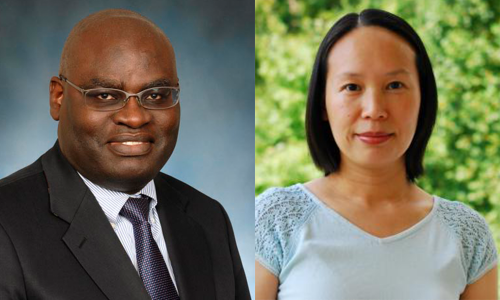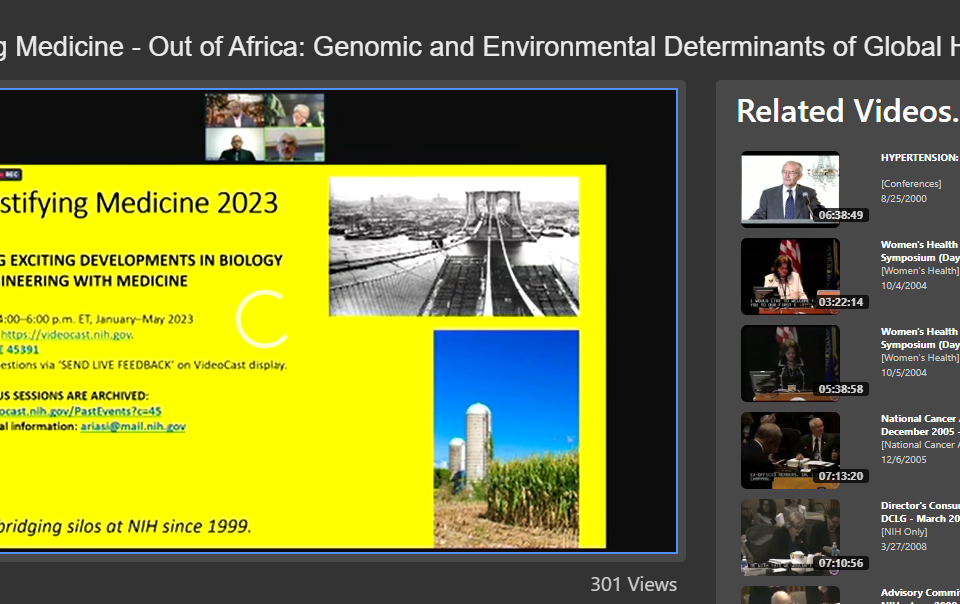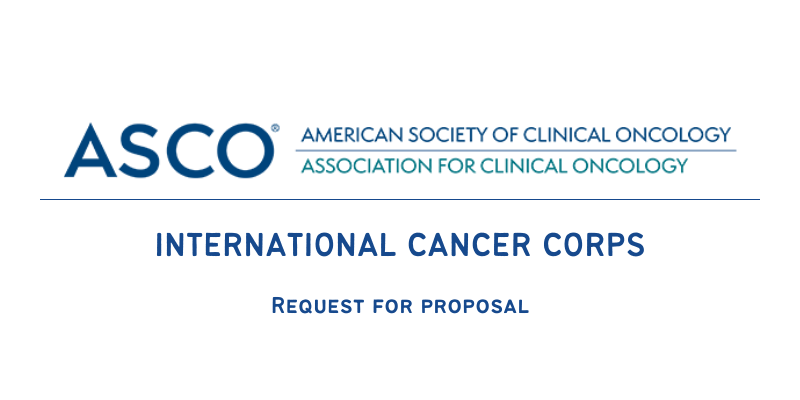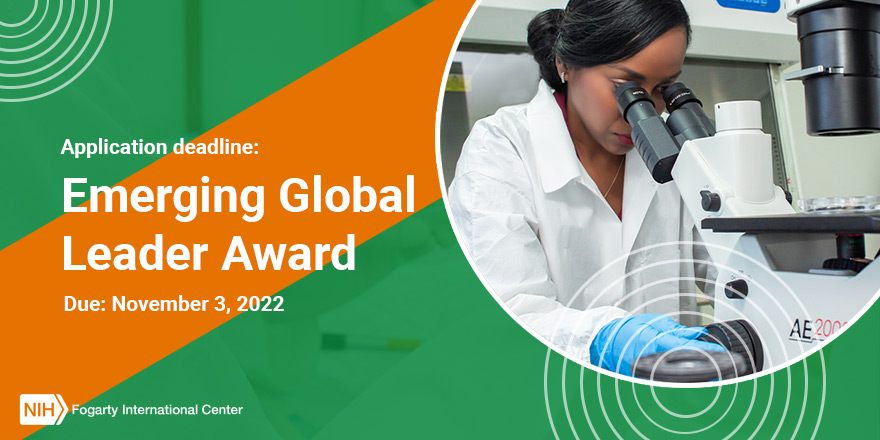Prof. Adebamowo teams up with other researchers on COVID-19 Vaccine Hesitancy Study

Free NIH clinical pharma and clinical research training sessions
January 14, 2021
NSCR, FMOH unveils Cancer in Nigeria, Volume II (2009 – 2016)
March 15, 2021Clement A. Adebamowo, BM, ChB, ScD, FWACS, FACS, professor of epidemiology and public health at the Institute of Human Virology at University of Maryland School of Medicine, and Xiaoli Nan, PhD, MA, a professor of communication science and co-director of Graduate Studies in the Department of Communication at University of Maryland, College Park.
When faculty members from the University of Maryland, Baltimore (UMB) and the University of Maryland, College Park (UMCP) wanted to assemble an interdisciplinary team of researchers to find out what influences the African American community when it comes to vaccine hesitancy, there was no trepidation in wondering if the colleagues would receive support.
Many of us on both campuses who have interacted see us as belonging to one institution,” said Clement A. Adebamowo, BM, ChB, ScD, FWACS, FACS, professor of epidemiology and public health at the Institute of Human Virology (IHV) at the University of Maryland School of Medicine (UMSOM) and associate director of the University of Maryland Marlene and Stewart Greenebaum Comprehensive Cancer Center’s (UMGCCC) Population Science Program.
“Yes, there may be administration things each person has to sign off on at their personal institutions, but it doesn’t look any different than two people in different departments working together at the same university,” he added.
Adebamowo sees that collaboration in laboratories, classrooms, and communication. He accepted an invitation to work with Xiaoli Nan, PhD, MA, professor and co-director of graduate studies, Department of Communication at UMCP, for their second project together. This one is to understand why African Americans, who suffer disproportionately from the adverse health and economic impact of the pandemic, might accept or reject the COVID-19 vaccines. The goal is to craft messaging that will reduce vaccine hesitancy, and they are developing an online questionnaire for survey participants.
“When you are basically at the same university but on different campuses, I think people are more open to collaborations,” Nan said. “We’re more open to work with researchers from the same institution.”
That collaboration is called the University of Maryland Strategic Partnership: MPowering the State (MPower). Created in 2012, it was formalized as part of the University of Maryland Strategic Partnership Act of 2016. This paved the way for the two universities to combine their research offices, aligning not only their research initiatives but also their infrastructure and leadership. In 2018, Laurie E. Locascio, PhD, MSc, was appointed to lead the joint research enterprise as vice president for research.
Nationally, that work has been recognized for the first time within the research community. The University of Maryland achieved its highest ranking ever in the National Science Foundation’s Higher Education Research and Development (HERD) survey for Fiscal Year 2019, placing 14th overall nationally and eighth among public institutions in research and development (R&D) spending. For the first time, UMCP and UMB were linked as one research enterprise in the ranking, with combined research expenditures of $1.1 billion.
The HERD survey is the primary source of information on R&D expenditures at U.S. colleges and universities and widely recognized as the pre-eminent national university ranking for higher education institutions engaged in sponsored research.
Nan is a health communications expert, serving as director of the Center for Health and Risk Communication, which includes students and faculty collaborating from the College Park and Baltimore campuses. She also has cultivated rapport with colleagues in Baltimore as a full member of the UMGCCC Population Science Program, which has significant participation from UMCP.
“I’m a communications scientist. I’m not an expert on public health, per se. I don’t know much about interactions with patients in terms of vaccinations,” Nan said.
Adebamowo brings genomics and infectious disease knowledge to the project, which in September received $98,432 in seed grant funding from MPower’s Joint Steering Council.
They rounded out their team by finding a professor in the UMCP School of Public Health plus another faculty member at UMSOM who interacted with patients on the front lines during the pandemic.
“All of those skills together really make our team incredibly strong,” Nan added. “Also, because our project is based on African American acceptance of the COVID-19 vaccine, our colleagues in Baltimore have done a great deal of research among African Americans. Their experience with this minority population is most important to this project.”
In 2018, Adebamowo and Nan earned approval for their research on framing human papillomavirus vaccination messaging for African American parents, leading to $2.2 million in funding through the National Cancer Institute of the National Institutes of Health. The project runs through 2023.
That familiarity enabled them to join forces again for COVID-19. There is a mutual respect and shared pride in a joint research operation.
“The value has been in the amount and depth of collaboration that we’ve been able to establish, and just knowing the institutional processes intimately and, to some degree, the commonalities that they share,” Adebamowo said. “You’re not worried about going through a whole different type of institutional engagement with their own rules and personalities.”
The other collaborators include Shana Ntiri, MD, MPH, assistant professor of family and community medicine, UMSOM, and medical director, Baltimore City Cancer Program at UMGCCC; and Sandra Quinn, PhD, MEd, professor and chair, Department of Family Science, and senior associate director, Maryland Center for Health Equity, UMCP School of Public Health.
Adebamowo is interested in finding out from the survey what is most affecting the optics of the vaccine. Is it information from the news media that might not be complete about the decades of research developing messenger RNA vaccines? Or is it a historical fissure between the medical and African American communities? Or is it a matter of morality or politics?
“Now that there’s a vaccine, are some of those expressions going to continue and transmit forward to affect the optics of the vaccines?” Adebamowo said.
Most of the country is trying to get crib notes on vaccinology and medical research. Naturally, people have questions.
“A lot of the things medical researchers and epidemiologists do in the dark were brought out to light during COVID-19 because there was so much pressure,” he said.
Soon, those answers will come through the survey to help shape messaging to address skepticism.
Source: UMB Archived News | ‘MPower’ in Action: COVID-19 Vaccine Hesitancy Study (February 1, 2021) by Charles Schelle
